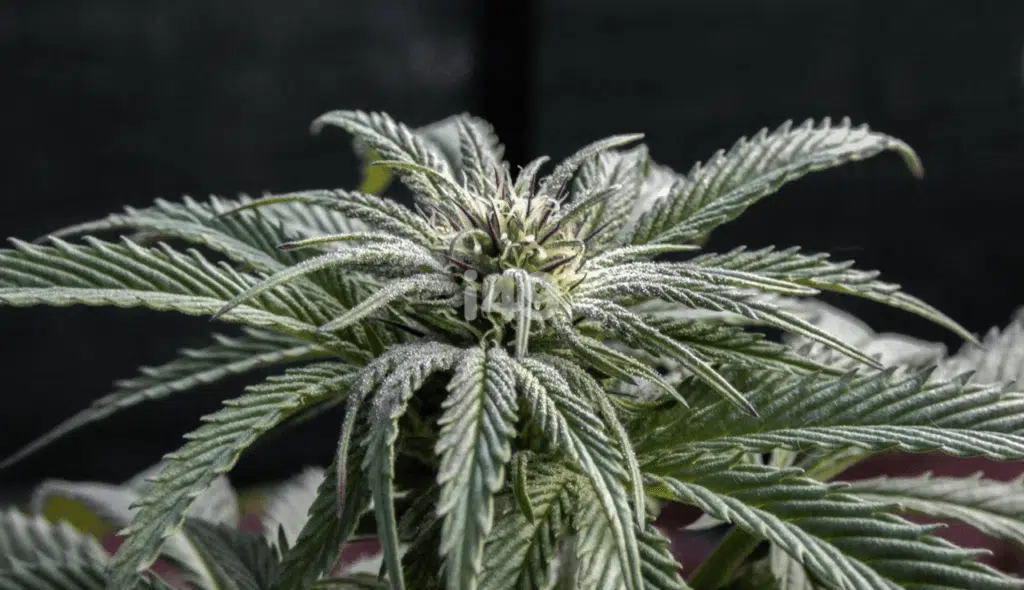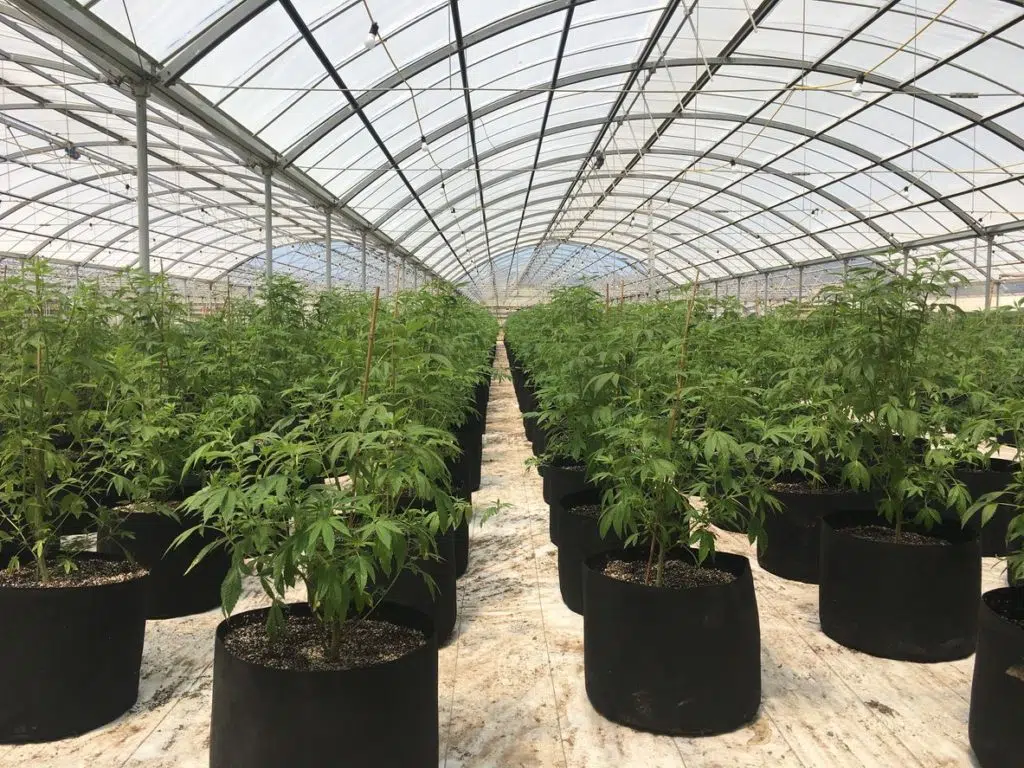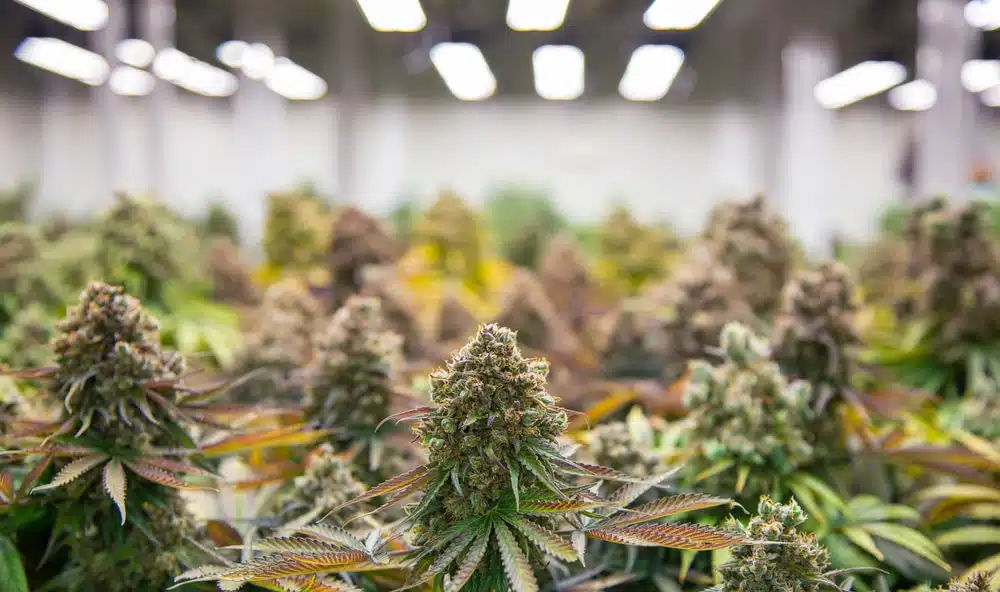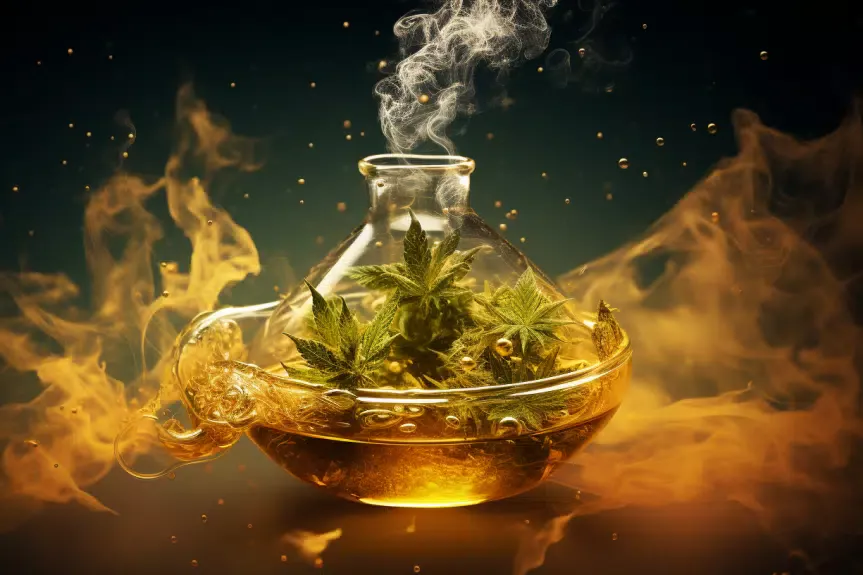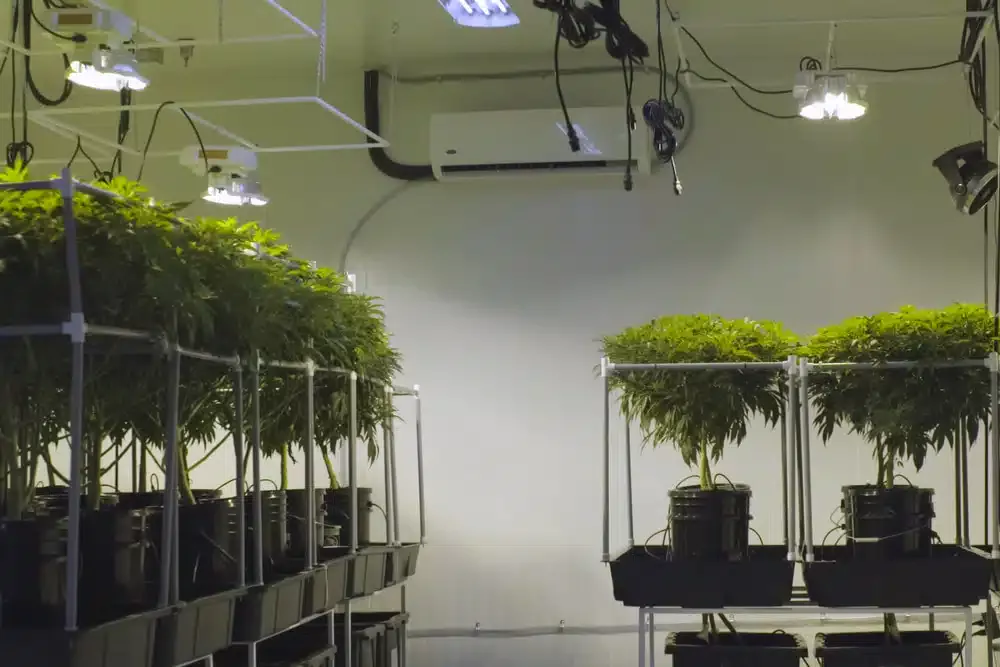How To Cure Mold On Buds While Drying
When talking about mold on a cannabis plant, it is not good news, so here we are going to see the different types that exist and how to get rid of them. Mold, like insects and their pests, feed on the plant. Poorly now you have any questions about it, such as how can you see, if it causes serious harm to the consequences of smoking? Here we will solve them. Our article will go over everything you need to know about mold on weeds and mold on buds while drying.
What is mold on weed?
Sometimes we see that white mold on fruits, something very similar is cannabis mold but, apart from being unpleasant, your plants need it. The fungus by itself develops enzymes that break down substances in place of having a digestive system. Mold naturally takes care of removing small debris in very particulate form. Although many growers see it as dangerous for their plants, it plays an important role in the life cycle of the plant. Knowing how to get rid of these fungi without affecting your plant is vitally important, you can keep watching to learn more.
The different types of mold on marijuana plants
Trichomes and mold offer to be confused for being so similar. So many times treating plants that are not affected by diseases can be counterproductive. Here we will see what its three most common types are and how to differentiate them from trachoma.
White mold on weed
To see well if it is trichomes or mold you can use your magnifying glass and look closely, if you see crystals, they are trichomes, if it is dusty, they are fungi. At first, when the fungus decides to attack, some patches can be observed on the lower area of the leaf, then it can infect its branches, stems, and even the flowers.
How to know if your plant has white mold:
- Its plant tissue changes color
- White powder stained leaves
- Signs of infection on leaves and new flowers grow
- Slower growth and crooked leaves
Black mold on weed
If you don’t see white fungus on your plant but you still notice a cloud of dark dust and black spots on the surface of your plant it may be black mold and it could cause your plant to miss photosynthesis and take a long time to fully grow. Because it is so easy to detect, it is easier to treat.
You can detect it by taking into account:
- If your plant stunts its growth
- Insects such as whiteflies and aphids
- Leaves full of black spots
Bud Rot
This type of fungus enters your plants when they see an opening or a wound. It does not matter in which space you are growing it with what method, if your plant is healthy or not, this fungus always finds where to attack. It exists in the atmosphere most of the time, it is almost inevitable. Causes very serious and irreversible damage to the entire plant.
When there is Bud Rot there are:
- Gray or black stippled areas and spots
- Withered leaves and their tips turn from yellow to brown
- Rapid infection
What causes mold on weed?
Mold is always ready to attack but especially in the final stages of plant life. Even cause him to die and leave him without a harvest no matter if it’s a good job. The first thing is always to know where or how it came to treat it. They often occur in humid or dirty environments. We will see how to establish the perfect climate so that mold does not affect your plants negatively.
High humidity
Whenever your plant thrives the most it loves to appear mold, in warm areas. The water that they perspire is attracted from the atmosphere together with the mold and its insects, to avoid this it is better to regularly water the plants.
Dirty grow space
Sometimes you cannot keep the work area clean, because it has to cover the different needs of your plants, it is thanks to this factor that fungi appear. That is why it is advisable to have your own “dirty room” as far away as possible from your grow room, hopefully with different temperatures and at least two meters away so that the fungus does not transfer its bacteria.
Mold reproduction through spores
Fungi have spores that are found in practically all parts of the atmosphere. With the right growing environment, you can avoid this type of attack.
How to prevent mold from occurring
To avoid mold problems in your plants from the first day you should take into account the important points for a perfect crop. Conditions change whether it is grown indoors or outdoors.
Indoors you should:
- Buy resistant varieties
- Make cuts when needed
- Do a quality control of all your plants to prevent mold
- Have several fans so as not to stagnate the air
- You can use a moisture meter
Outdoors you should:
- Do not gather your plants too much
- Shake plants to remove dew and rain
- For greater mobility, it is better to sow in pots
- Place it where they can enjoy sun and lots of wind
How to treat moldy weed
Harvest the diseased plant as soon as possible, it will avoid unwanted consequences. If I already detect the fungus, it could be that its spores are already spreading in the environment, so the faster it enters into action, the less the fungus will last, and removing the plant will avoid new problems. If you notice the mushrooms after they have bloomed, bottles, smoking mushrooms can cause severe damage from coughing to vomiting.
The final toke
By them, you should know how and what to do when you detect fungus for future plants. Hopefully, this article explained everything you need to know on how to cure mold on buds when drying.

